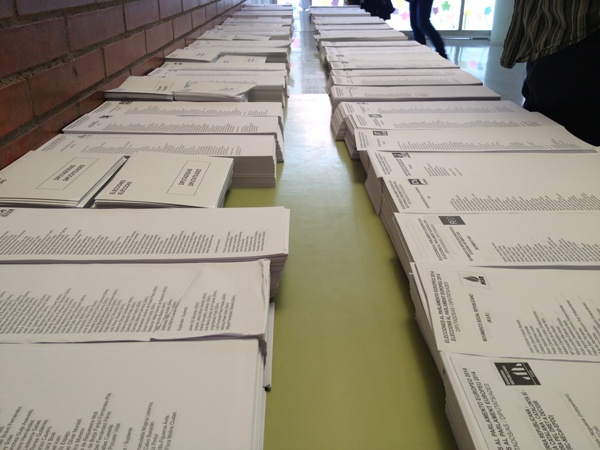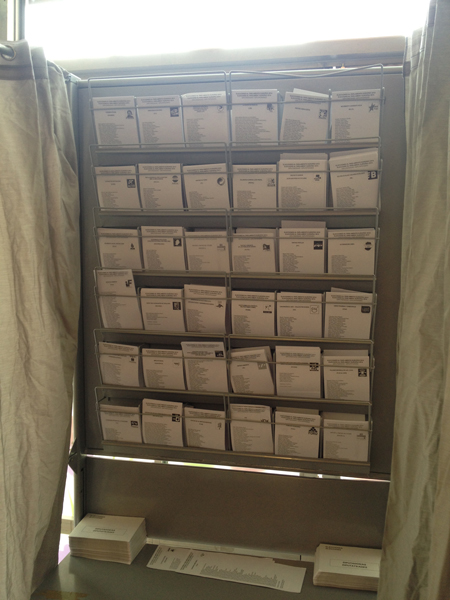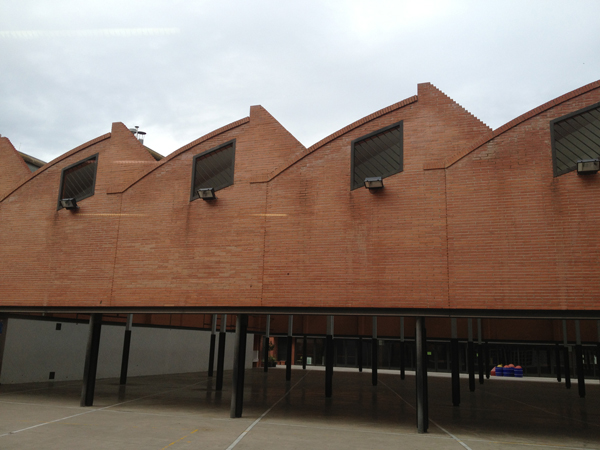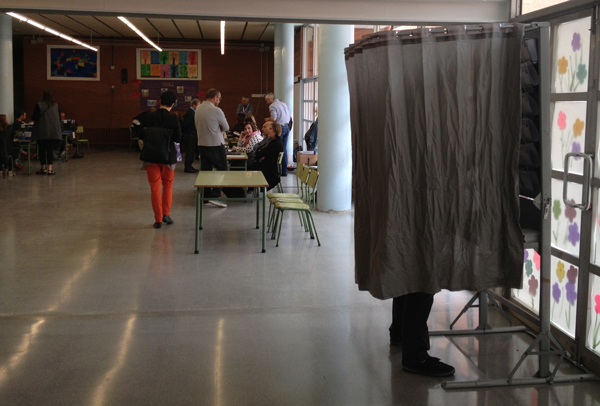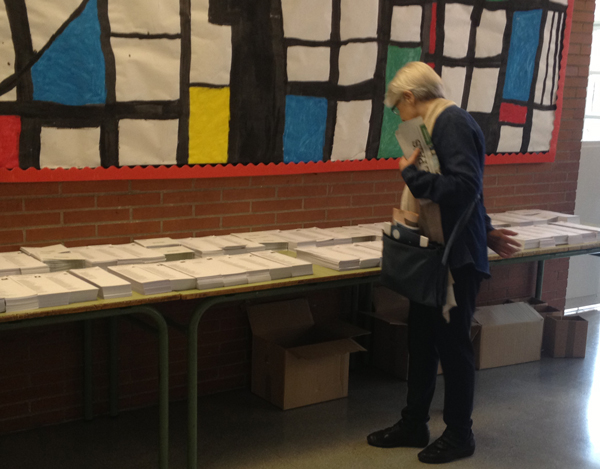25.05.2014 - 10:59
The first thing you see when you walk into a Catalan polling station is a long table covered with piles of strips of paper, that all look vaguely the same. Those papers are ballots, and each one shows the list of candidates for the party whose name is shown at the top, with what must be a regulation size, but miniscule, black and white logo. Some have lists of names that fill the page, some, perhaps with more modest expectations, only list seven or eight. Some have three or four party names as well as the name of the coalition, and some represent a single party. They are purposely generic, and frankly hard to distinguish.
The piles are supposed to be set out in the order that the candidacies were presented, but in fact, they are mostly arranged randomly, neither alphabetically, nor determined by how many votes each party got in the last election. Indeed, there are multiple piles for each party. Given the number of times my husband has brought home unwanted saccharine-laced juice (sugar-free!), I worried how many people pick up the wrong ballot by mistake.
The next thing you realize is that unless a voter picks up one of each ballot—from mainstream to openly fascist—the choice is made in public. In the polling station I visited, there was a single booth with a curtain. A rack within held ballots for each party so that the choice could conceivably be made privately, but the almost translucent curtain didn’t actually go all the way around. At any rate, out of the approximately 7000 eligible voters for that location, I was told that less than 1% use the privacy booth. “Your vote is private, but only if you want it to be,” a man told me, but I’ll admit I was horrified that voting privately was not the norm, but rather an oddity. It reminded me of those people who say they don’t mind the government spying on them because they have nothing to hide.
The ballots are supposed to be periodically replenished at the table in order to not give any advantage to popular (or not yet popular) parties. This is the job of the ‘president’ of the polling station. Official party representatives are allowed to roam around the polling station—even right up and around the voting tables—presumably to keep an eye on such things. They can answer questions but are not allowed to interfere with the actual voting process.
What does the actual voting look like? Once the voter has chosen a ballot, they place it inside an envelope (also available on the table) and head to one of the ‘voting tables’. There are three observers there, to whom the voter must present their official identity card, which is read by a laptop which verifies the voter’s eligibility. The voter then literally casts their ballot into a transparent plexiglass box.

